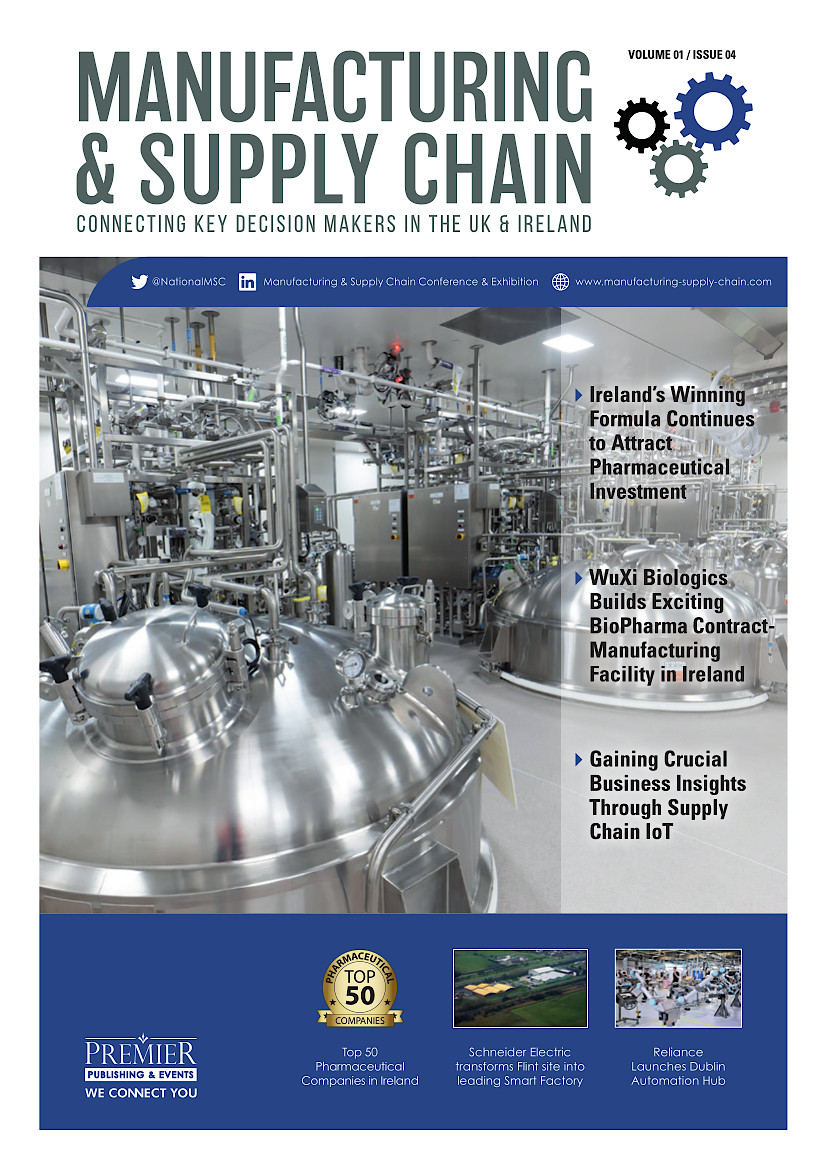More Milk Needed to Cover Demand in 2030 – New Technologies Will Help

Between now and 2030 worldwide demand growth for milk and milk products will be three times the level of current US milk production. This was one of the main findings of the latest publication, from the IFCN – the Dairy Research Network – discussed at the 19th IFCN Dairy Conference, held at Teagasc, Moorepark, Cork.
Today, about 876 million tonnes of milk is produced worldwide with Oceania, EU and India among the leading producers worldwide. But how much additional milk is needed in 2030? Dr Torsten Hemme, Managing Director of the IFCN, stated: “More milk will be needed on the market. The increase of demand is not only due to more people living in the world, but also the per capita consumption will increase, due to growing prosperity and worldwide investments in dairy product development.” The founder of IFCN underlined that the increased demand will be covered by higher global milk supply. The dynamics of structural changes of dairy farms internationally will continue and farms will intensify their farming systems. Hemme said: “By 2030, IFCN forecasts an increase in milk production per farm of over 50%.”
Dr Fiona Thorne, economist with Teagasc, and Irish IFCN representative, said: “I am honoured to have Teagasc host the IFCN conference for the first time, which brings over 80 participants from more than 40 countries to Ireland to see first-hand the sustainable low cost grazing system operated by Irish dairy farms and discuss latest international dairy developments.”
Trevor Donnellan, Head of the Teagasc Agricultural Economics and Farm Surveys Department said: “The conference has allowed international researchers to gain a better understanding of how the recent expansion of Irish milk production has been achieved. Visitors have been particularly impressed by the way in which dairy expansion has been achieved at relatively modest cost.”
Conference participants included researchers and representatives from dairy and dairy related companies. A key topic for discussion was the future role of new technologies in milk production. The most significant developments that are expected in the future are in the area of biotechnology and big data. Robert Walker from the Alltech Company observed: “New technologies will come from the capacity to collect more data. Think about drones, blockchains and picture analysis. Better technology will also help to interpret data to make production more efficient and help to safeguard resources.”
The short-term IFCN Outlook points towards a continuing increase in milk supply worldwide. In 2017 world milk production grew by nearly 4%, which is significantly higher than the growth level achieved in 2016. However, growth has started to slow down significantly in 2018. Key factors in the slower growth in 2018 are climate anomalies in New Zealand, the EU and Argentina and a challenging economic situation for dairy farmers in the United States.
For the second half of 2018, IFCN expect supply and demand growth to be more aligned, with an expected world milk price level of 35-37 USD / per 100 kg, or 30-32 EUR per 100 kg, 6.4 -6.7 per NZD per kg solid, 15-16 USD/cwt.
CAPTION:
International delegates attending the recent IFCN meeting in Teagasc Moorepark, accompanied by Dr Fiona Thorne, Teagasc economist.



























